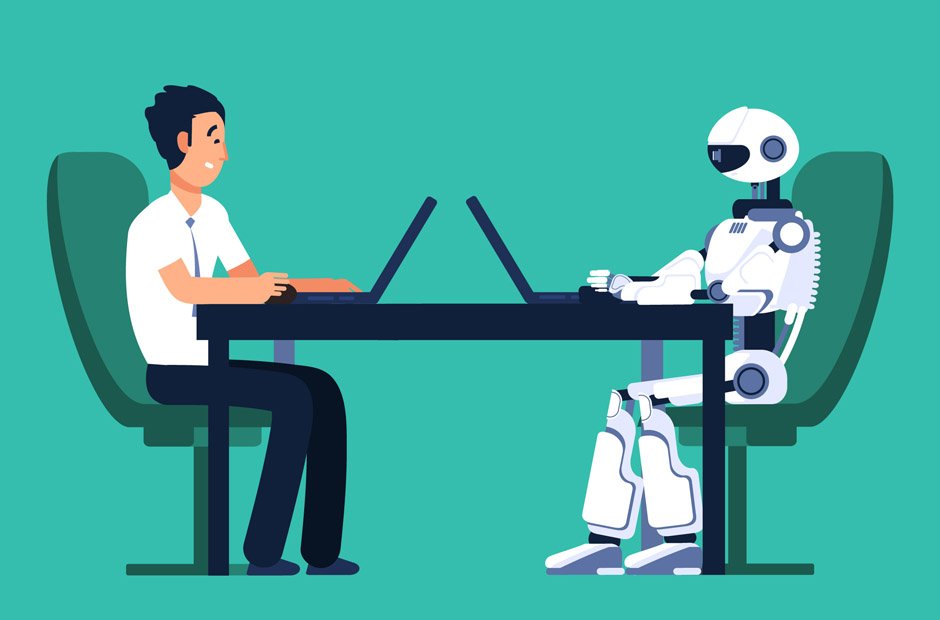Translation is a bridge that connects people and cultures, enabling communication across linguistic boundaries. As globalization continues to reshape the world, the demand for a quality translation company and the services they offer has grown exponentially. In this digital age, two primary methods of translation have emerged as frontrunners: machine translation and human translation. In this blog, we will explore the pros and cons of each method to help you understand when and where to use them effectively.
Machine Translation
Machine translation (MT) refers to the use of computer software to automatically translate text or speech from one language to another. Here are the key advantages and disadvantages of machine translation:
Pros of Machine Translation
- Speed and Efficiency: MT systems can process large volumes of text in seconds, making them highly efficient for tasks that require quick translations. It can be particularly useful for translating repetitive or technical content, such as user manuals or product descriptions.
- Cost-Effective: Machine translation is often more cost-effective than human translation, especially for businesses dealing with a high volume of content that needs to be translated regularly.
- Availability: MT systems are available 24/7, providing on-demand translation services whenever and wherever needed, which can be essential in time-sensitive situations.
- Consistency: MT systems maintain consistency in terminology and style throughout a translation, ensuring that a specific message or brand image is conveyed consistently across different languages.
Cons of Machine Translation
- Accuracy: One of the biggest drawbacks of MT is its accuracy. While it has improved over the years, it still struggles with idiomatic expressions, cultural nuances, and context, leading to errors and mistranslations.
- Lack of Context: Machines lack the ability to fully understand context, making them ill-suited for tasks that require nuanced translations, such as literary works, marketing copy, or legal documents.
- Limited Languages: While popular languages receive decent machine translation support, many languages, especially those with complex grammar and syntax, have limited or poor machine translation options available.
Human Translation
Human translation, as the name suggests, involves a trained human translator who translates content from one language to another. Let’s delve into the advantages and disadvantages of human translation:
Pros of Human Translation
- Accuracy and Nuance: Human translators have a deep understanding of both the source and target languages, allowing them to capture the nuances, cultural references, and idiomatic expressions that machine translation often misses.
- Contextual Understanding: Humans can grasp the context of the content being translated, ensuring that the translated text maintains its intended meaning and tone.
- Customization: Human translators can tailor their translations to specific audiences or purposes, ensuring that the message is culturally appropriate and resonates with the target readers.
- Quality Assurance: Human translation allows for thorough proofreading and quality control, reducing the likelihood of errors and inaccuracies in the final translation.
Cons of Human Translation
- Time-Consuming: Human translation takes time, especially for lengthy documents or complex content. It may not be suitable for situations that require quick turnarounds.
- Cost: Human translation services are typically more expensive than machine translation, making them less cost-effective for businesses with budget constraints.
- Availability: Human translators may not be available 24/7, which can be a limitation in urgent or time-sensitive situations.
- Subjectivity: Human translation can be influenced by the translator’s biases, preferences, or interpretations, potentially leading to variations in the translation quality.
In the battle between machine translation and human translation, there is no clear winner, as each method has its strengths and weaknesses. The choice between the two depends on your specific needs and priorities.
If speed, cost-efficiency, and consistency are your primary concerns, machine translation may be a suitable choice for translating large volumes of content, particularly when the text is straightforward and doesn’t require deep contextual understanding.
On the other hand, if accuracy, nuance, and cultural sensitivity are crucial, human translation remains the gold standard. Human translators excel at conveying complex ideas and emotions accurately across languages, making them indispensable for tasks that demand precision and cultural awareness.
In many cases, a hybrid approach combining both methods may provide the best of both worlds. You can use machine translation to generate a first draft quickly and then have a human translator review and refine the text, ensuring both speed and quality.
Ultimately, the decision between machine translation and human translation should be driven by your specific goals and the nature of the content you need to translate. Understanding the pros and cons of each method will help you make informed choices and achieve effective communication across languages.


